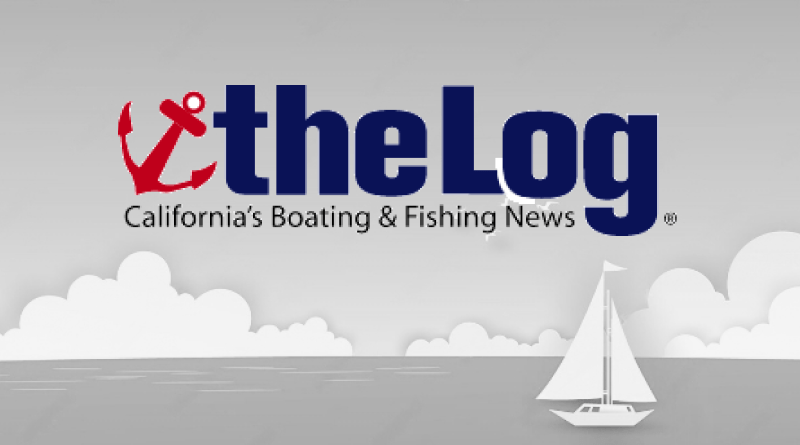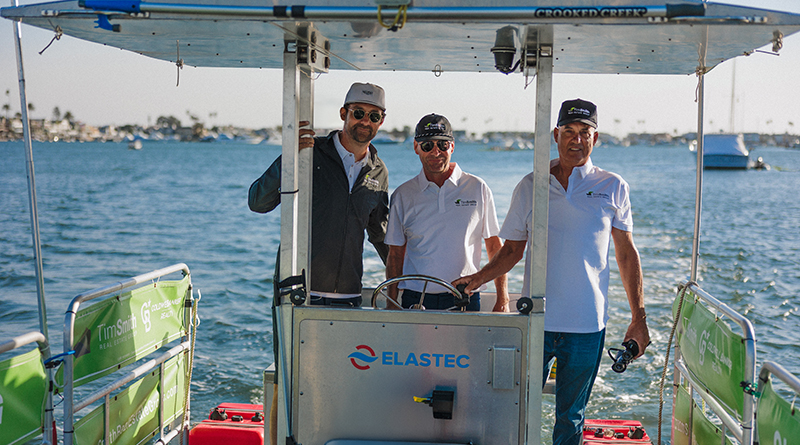

The incident described by our reader is familiar to anyone who has tried to anchor in a crowded cove or harbor. One of the traditional cornerstones of anchoring etiquette requires a new arrival to a harbor to stay clear of previously anchored boats. But a breach of etiquette does not always translate to legal liability. Liability in a case such as this will be determined by traditional rules of maritime negligence, and it is likely that the damage will be apportioned between the two boats according to their respective degree of fault.
Negligence, whether ashore or afloat, is evaluated by comparing the behavior of the respective parties involved in an incident to a “standard of care” that is expected of people who are engaged in the activity that led to the incident. The standard of care is frequently established through the testimony of expert witnesses with experience in the industry or activity in question.
Expert witnesses may rely upon a wide range of factors, including safety regulations (if any exist), custom and practice for participants in the activity, and the standards adhered to by participants in comparable activities. They may even rely upon established “etiquette.”
The evaluation of whether a person did not act according to a standard of care, or whether that person was negligent, rarely finds one person or another to be entirely at fault. In a maritime negligence lawsuit, a judge or jury will evaluate the evidence presented by both sides to allocate liability between the parties, based upon an evaluation of each party’s “comparative fault.”
In the case described above by our reader, the analysis is complicated by the fact that the two boats apparently coexisted at anchor near each for several days with no problem. Assigning fault to the more recent boat arrive in the harbor is easier when the incident happens soon after that boat sets its anchor. In our reader’s case, the allison may have been caused by many things, ranging from an extremely low tide or a significant wind shift to either or both of the anchors dragging (an “allision” is a collision where a boat hits a stationery object).
In the end, this issue will be resolved by evaluating whether both of the boat operators could have done anything to prevent the incident, and, if so, whether those steps were taken. One of the boats may bear more of the responsibility if, for example, the crew was not aboard at the time of the incident, or if the crew was aboard but they did nothing to prevent the incident.
The important thing for all boat owners to take from this discussion is that there are no set rules which automatically assign legal liability for an anchoring incident. The principles of maritime law rarely lead to the assignment of 100 percent of the fault for any incident to one party. The bottom line here is in a case such as this with relatively minor damage to both boats, the parties would be well advised to resolve this dispute before it gets out of hand. Litigation is expensive.
David Weil is licensed to practice law in the state of California and, as such, some of the information provided in this column may not be applicable in a jurisdiction outside of California. Please note also that no two legal situations are alike, and it is impossible to provide accurate legal advice without knowing all the facts of a particular situation. Therefore, the information provided in this column should not be regarded as individual legal advice, and readers should not act upon this information without seeking the opinion of an attorney in their home state.
David Weil is the managing attorney at Weil & Associates (weilmaritime.com) in Long Beach. He is an adjunct professor of Admiralty Law at Loyola University Law School, is a member of the Maritime Law Association of the United States and is former legal counsel to the California Yacht Brokers Association. He is also one of a small group of attorneys to be certified as an Admiralty and Maritime Law Specialist by the State Bar of California. If you have a maritime law question for Weil, he can be contacted at (562) 438-8149 or at [email protected].
Ask your question online at thelog.com.







